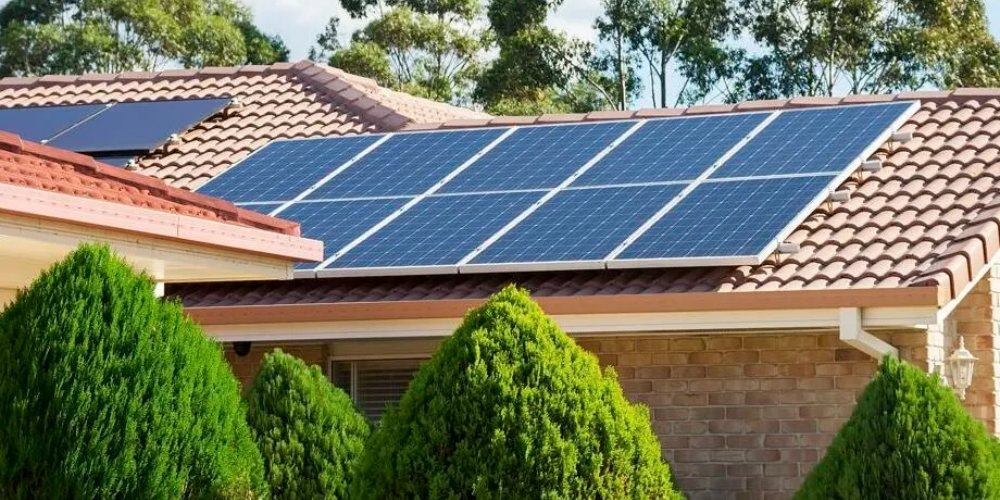what are you looking for?
The efficiency of solar modules is crucial in determining how well solar panels convert sunlight into usable electricity. With the increasing global demand for renewable, enhancing solar module efficiency has become a key focus for both researches and manufacturers. This understanding is vital for applications ranging from large solar farms to small devices like outdoor solar powered lamps.
Several important factors influence solar module efficiency, including the type of photovoltaic cells, material quality, and external conditions. The main PV technologies include monocrystalline, polycrystalliine, and thin-film cells. Monocrystalline panels generally provide the highest efficiency due to their uniform crystal structure, which improves energy conversion rates, although they tend to be pricier than polycrystalline or thin-film alternatives.
The quality of materials also plays a significant role in performance. Using high-quality glass, anti-reflective coatings, and durable backing materials can enhance light absorption and minimize energy loss. This particularly crucial for solar powered LED lights, where space is limited, and efficiency directly impacts functionality. For example, a highly efficient module can lead to longer lighting durations and greater reliability in areas with variable sunlight.

External factors such as temperature, shading, and installation angle also affect solar module efficiency. Solar panels perform best within certain temperature ranges; excessive heat can decrease efficiency, while shading from trees or buildings can obstruct sunlight and lower power output. Proper installation, with optimal tilt and orientation, is essential for maximizing solar energy capture, whether for large systems or smaller setups like solar garden lights.
Ongoing innovations in solar technology are continually enhancing module efficiency. For instance, bifacial panels can capture sunlight from both sides, boosting energy production. Perovskite solar cells represent another promising advancement, offering high efficiency at lower production costs, which could lead to more affordable solar-powered devices. These developments are making solar energy more accessible and practical for a variety of uses.

Xiamen SLD Technology Co., Ltd
 Chengyi North Street, Software Park 3, Jimei District, Xiamen Fujian, China
Chengyi North Street, Software Park 3, Jimei District, Xiamen Fujian, China +86 188 5929 8629
+86 188 5929 8629 sales@solarlightsdo.com
sales@solarlightsdo.com Blog | Sitemap | XML | Privacy Policy
Blog | Sitemap | XML | Privacy Policy

